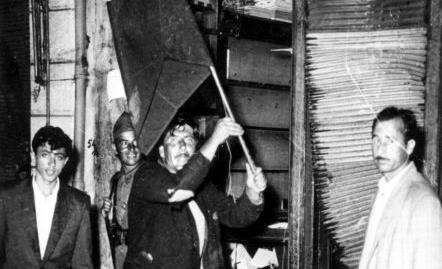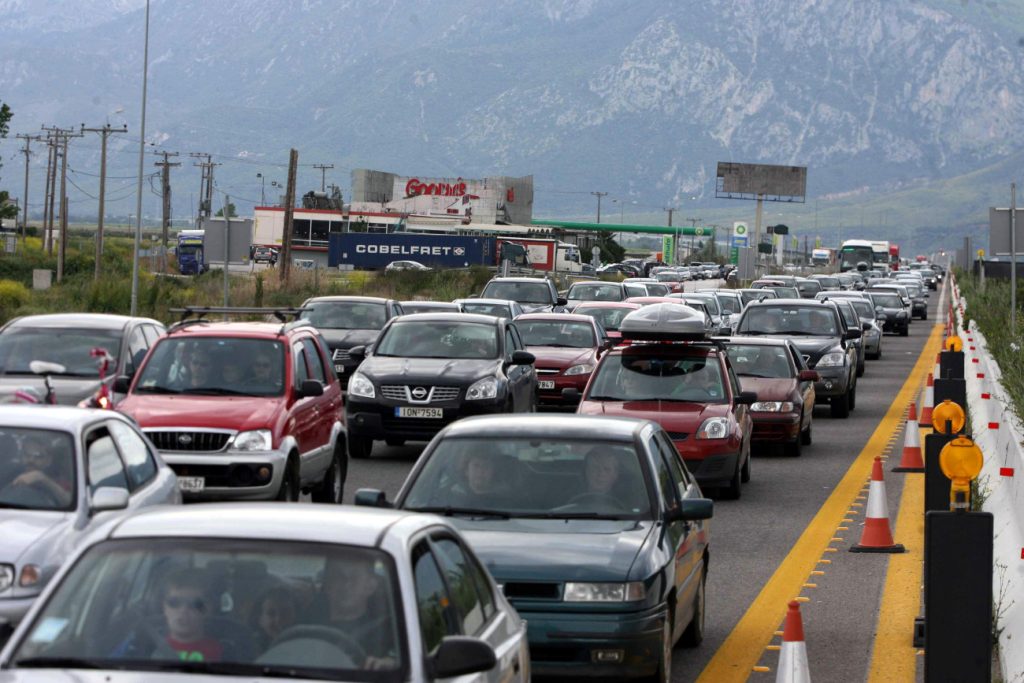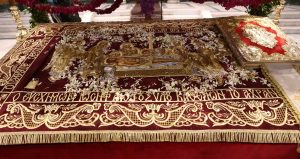Today, Sept. 6, marks the 69th anniversary of the start of a violent pogrom against the ethnic Greeks from Istanbul (Constantinople) in 1955, which became known as the Istanbul riots (Istanbul pogrom) or “Septemvriana” (September events in Greek).
The riots against the Greek Christian population in the Bosporus metropolis, which led to the death of 16 ethnic Greeks and one Armenian, were the result of a well-orchestrated Turkish state “false flag” operation—as it was subsequently revealed—that incited mobs of thousands of Turks – most bussed in from areas outside the cosmopolitan city – to take to the streets and destroy and pillage Greek-owned businesses, shops and houses in the Greek quarters of the city, while also torching churches and desecrating Christian cemeteries. Other non-Muslim populations were affected, but the target was squarely against the millennia-old Hellenic and Orthodox Christian presence in what was the capital of the eastern Roman Empire for a millennium.
The spark that set off the pogrom was a shady bomb attack at the preserved residence of Mustafa Kemal, the founder of the modern Turkish state, in the northern Greece city of Thessaloniki, which was later proven to be a Turkish “false flag” operation undertaken by a university student hailing from the ethnic Muslim minority in Thrace on Turkish intelligence’s payroll. The Gleiwitz incident-like attack aimed to provoke a reaction against the ethnic Greeks in Istanbul, ostensibly to pressure Athens over the Cyprus issue.
The main suspect arrested and charged on Sept. 18 by Greek authorities for the attack on Kemal’s residence was named Oktay Engin, who acted along with a Turkish consulate employee named Hasan Ucar. Kemal’s childhood residence in Thessaloniki had been granted to the Turkish state by Greece in the 1930s, and today operates as the Turkish consulate in the city and as a Turkish state museum.
Engin was later honored by the Turkish state and appointed governor of a province in the depths of eastern Anatolia.
Turkish media at the time pounced on the breaking story with sensational headlines like “Greek Terrorists Destroy Atatürk’s Childhood Home,” triggering “spontaneous” protests in Taksim Square on the afternoon of the same day.
The False Flag Incited Istanbul Riots
Under the direction of the Menderes government, Turkish mobs attacked the properties of ethnic Greeks (Rûm) and Armenians, who, despite being Turkish citizens, along with other non-Muslim minorities, had their homes, schools and shops looted and burned. Churches and cemeteries were desecrated.
In just nine hours, it is estimated that roughly 4,500 Greek-owned shops, 1,000 homes, 73 churches and 37 schools were destroyed.
The plan had been meticulously organized days or even weeks in advance. Individuals were recruited from Asia Minor and eastern Thrace, apart from Istanbul locals, and were transported by train, taxi, bus and ship. They were armed with clubs, axes, crowbars, gasoline and dynamite, while food and accommodation were provided for one or two days.
Lists of targets in each neighborhood in the Greek part of the city were drawn up, and Greek-owned buildings were marked at the right time. Additionally, plainclothes police and soldiers who would participate in the looting and direct the mob were trained beforehand, later posing as peacemakers.
The Istanbul riots marked the beginning of the end for the Greek community in Istanbul. Of the 100,000 Greeks living in the city at the time, barely more than 2,000 remain today.
At the same time as the anti-Greek events began in Istanbul, Turkish mobs in Izmir attacked and destroyed the chapel of St. Photini, located at the NATO headquarters for the needs of Greek officers. They looted their homes and harassed many of them.
Lukewarm Reaction by the Greek government
The Greek government’s response to the events of September 6–7, 1955 was lukewarm, partly because then Prime Minister Alexandros Papagos was seriously ill, allowing for a power vacuum.
Then US Secretary of State John Foster Dulles chose to keep a distance and not condemn the attacks, urging both sides to exercise restraint and reconcile.
In 1955, when Konstantinos Karamanlis became prime minister, Greece withdrew from NATO exercises in the Mediterranean, forcing Ankara to offer minimal moral satisfaction to the victims.



